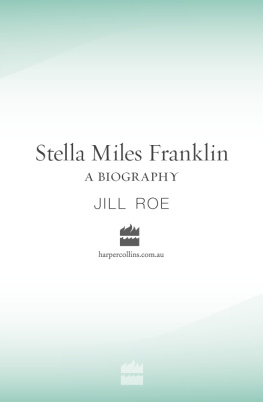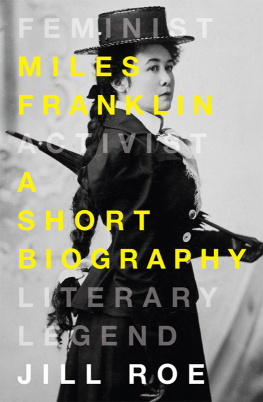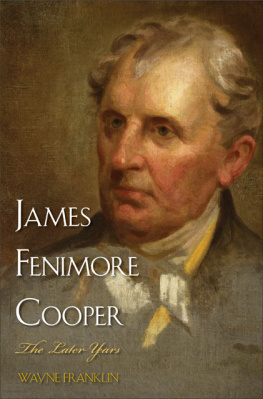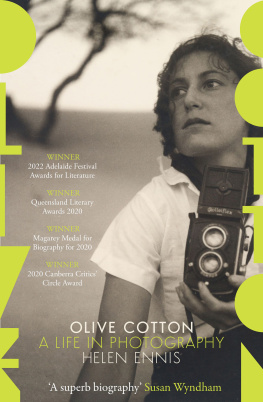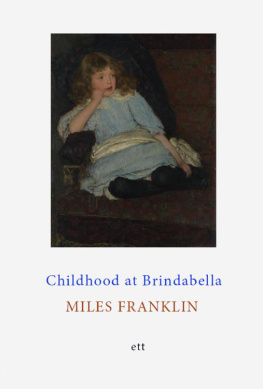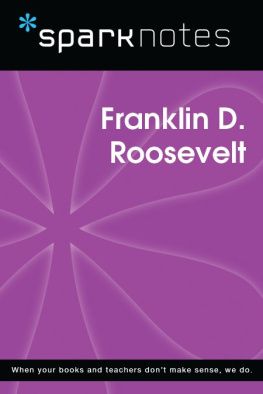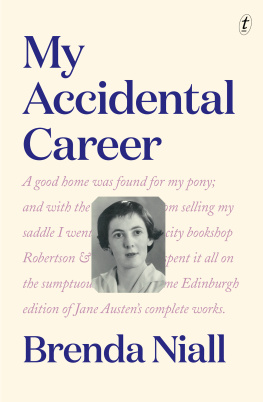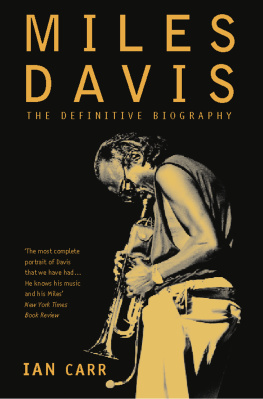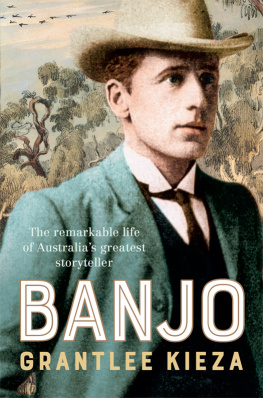To the memory of my grandmothers,
Elizabeth Norman Heath and Anna Elizabeth Roe,
Australian girls of the period

O n Sunday 1 June 1879, a young woman set off from Brindabella Station in the high country of southern New South Wales to ride to Talbingo, some 50 kilometres south-west as the crow flies. Susannah Margaret Eleanor Franklin, ne Lampe, wife of John Maurice Franklin, co-occupant of Brindabella Station, was over four months pregnant and she was going to her mothers place before winter set in to give birth to her first child.
For reasons unknown, possibly to do with the weather, Susannah took the less direct northern route to Talbingo, following a bridle track westward over the Fiery Range through Argamalong to Lacmalac, east of the township of Tumut, turning south thereabouts for Talbingo, where, at the junction of Jounama Creek and the Tumut River, her redoubtable mother, Sarah Lampe, oversaw a considerable estate. On her journey, Susannah passed through some of the most mountainous terrain in Australia, so rugged it had only ever been lightly touched upon by the indigenous Ngunawal and Ngarigo peoples. It is not recorded whether she was accompanied.
In the manner of the day, Susannah rode side-saddle, attired in a fashionably tight riding habit, and it is said that her sure-footed horse, Lord Byronthe same horse that had borne her from Talbingo to the fastness of Brindabella as a bride less than a year beforewas up to the girth in snow for miles.
On Wednesday 4 June she arrived at Talbingo and four months later, on 14 October 1879, she gave birth to a daughter. Seven weeks after that, on 6 December 1879, at All Saints Church of England, Tumut, the baby was baptised Stella Maria Sarah Miles Franklin.
This impressive name captured much of the childs diverse Australian inheritance dating back to 1788. Stellas mother, Susannah, was the great-granddaughter of English convicts Edward Miles (a First Fleeter) and his wife, Susannah, who arrived in Sydney in 1803. Their native-born daughter Martha, who married an emancipist, William Bridle, was Susannah Franklins grandmother, and her mother was their first-born daughter, Sarah, who married Oltmann Lampe. Oltman was the younger son of a small landholder near Bremen, Germany, who emigrated in the 1840s and in 1866 took over Talbingo Station.
In marriage, Susannah became the wife of John Franklin, a younger son of Irish immigrants of the 1830s, Joseph Franklin and his wife, Mary (known as Maria). A native-born bushman, John Franklin had a touch of poetry in his make-up. Perhaps the name Stella, meaning star, was his idea.
Mother and daughter left Talbingo for Brindabella the following January, when the last of the snowdrifts had melted, according to Miles Franklins memoir Childhood at Brindabella. They travelled over the daisied plains, by the sparkling rivulets, probably eastward over Talbingo Mountain, turning north near Yarrangobilly up the gullies to Brindabella. This time Susannah was definitely accompanied, by one of her brothers, William Augustus Lampe, who bore the sometimes noisy infantalways called Stella by her familybefore him on a purple pillow strapped to the saddle.
Nothing now survives of old Talbingo. The Lampe homestead site was submerged in 1968 under Jounama Pondage, part of the Snowy Mountains Hydro-Electric Scheme, which today waters much of inland Australia. A fingerpost pointing mid-pond indicates the spot. But a new Talbingo has been established uphill, and in 1979 residents built a memorial to mark the centenary of the birth of Susannah and John Franklins daughter. Much of the terrain traversed by Susannah a century before is now part of Kosciuszko National Park, an area of great natural beauty that lies between the Australian Capital Territory and the Victorian border and encompasses well over half a million hectares.
Although in recent years the desert may have supplanted the mountains in Australian iconography, the high country still has the power to sustain and uplift the human spirit. For Susannah and John Franklins daughter it became a special place. No other spot has ever replaced the hold on my affections or imagination of my birthplace, she states in the opening lines of Childhood at Brindabella. Any account of the life of the spirited individual known to history as Miles Franklin must start in this beautiful place, and end there too. What lies between is a remarkable story, especially for an Australian girl of the period.
PART I
AUSTRALIA
1879-April 1906
1
Childhood at Brindabella: 1879-1889
I was not the least suprised when your book came before the public and I often told my frends of a wonderful child I met in the bush with a grate force of character and would some day be heard of.
T he childhoods of writers vary greatly, but they often contain books and solitude. Brindabella, Stella Franklins first real home, was an even more out of the way place than Talbingo, her birthplace, which is pleasantly situated upstream from Tumut on the Tumut River, along todays Snowy Mountains Highway. By contrast, Brindabella is tucked away in an isolated valley in the Great Dividing Range at the northernmost end of the Australian Alps, through which runs the still-sparkling Goodradigbee River on its way north to join the Murrumbidgee. In todays terms, Brindabella is about halfway cross-country between Canberra in the Australian Capital Territory and the New South Wales town of Tumut, which dates from the 1820s. However, this remote setting at the edge of Empire was far from solitary, as the mature Miles Franklin recalled in the posthumously published Childhood at Brindabella and portrayed in her most enjoyable pastoral novel, the prize-winning All That Swagger.
The name Brindabella is said to go back to Aboriginal times and mean two kangaroo rats. According to All That Swagger, the valley was a stopover for Aboriginal people making their way south annually to feast on bogong moths, and preliminary feasting occurred there. Some sources refer to a less benign environment than the one Miles Franklin evokes,
It seems somewhat astonishing that shortly after mother and newborn daughter arrived at Brindabella, the family set off for a brief visit to the great city of Sydney, some 240 miles (386 kilometres) to the north. As recorded by Susannah Franklin, We all went to Sydney International Exhibition February 1880, probably by train from Queanbeyan, over the range to the east of Brindabella. They returned to Brindabella in mid-March. This adventure could not have impinged significantly on Stella Miles Franklin, but it is a sign of connectedness with the wider world, and an earnest of things to come.
Susannah Franklin also recorded that about that time, aged five months, Stella cut her first teeth. The infant already had the makings of what her mother would later describe as an exceptionally healthy child: by eight months Susannahs first-born had six teeth and was sitting up strongly; within twelve months she could stand alone; she walked at fourteen months and talked at twenty months; and all her teeth were through after two and a half years.
According to Childhood at Brindabella, Miles Franklins earliest recollection was of a red nightgown and a candle flame flickering in the wind as she was being carried by her father along the verandah to bed. She was ten months old and just weaned. It was cold and she cried. Although her parents disagreedSusannah said Stella was too young to remember, while her father asserted that he too could remember things from his first yearit confirmed for Miles Franklin that she had always had a clearcut sense of place and direction.

